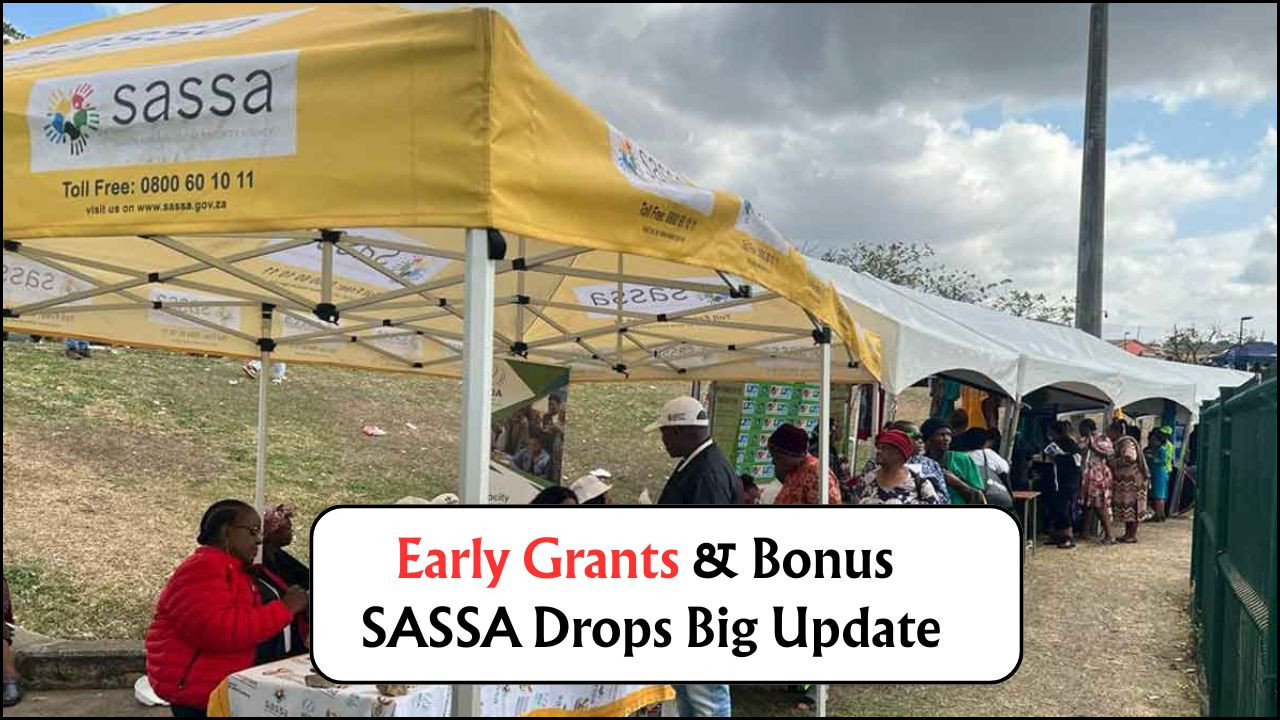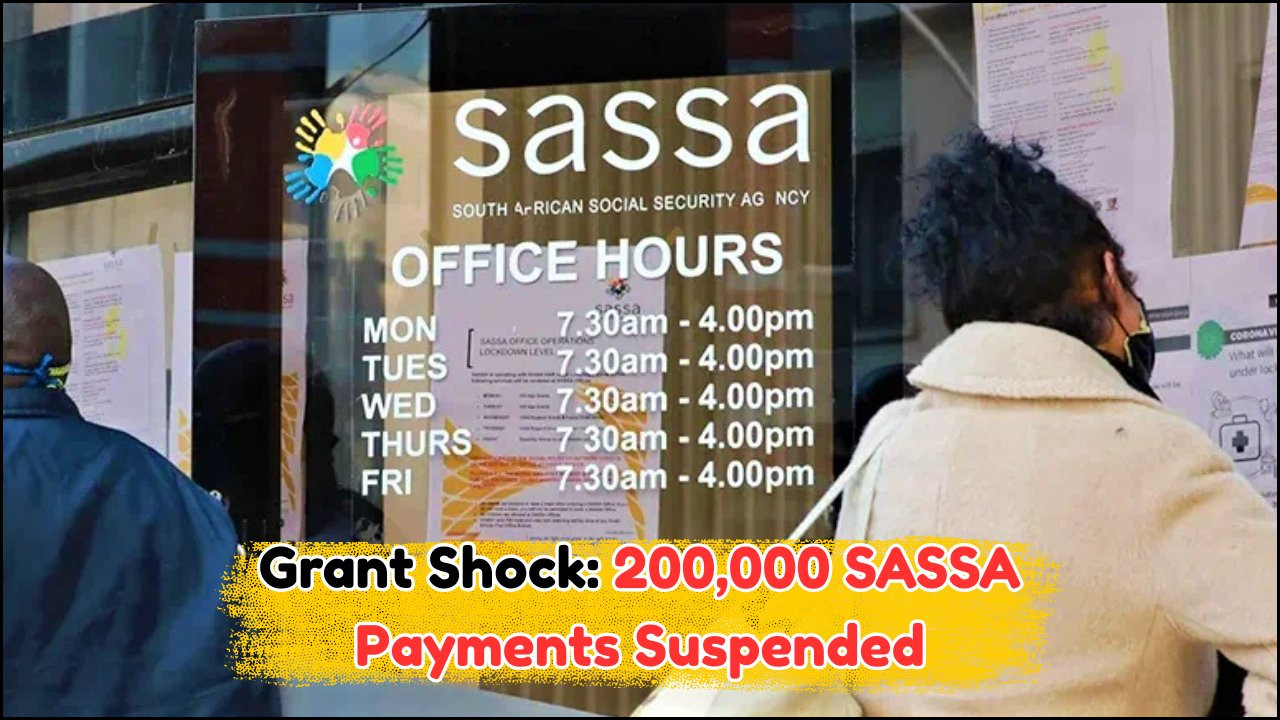NSFAS Bursary Forgiveness 2025: South Africa’s National Student Financial Aid Scheme (NSFAS) has announced a groundbreaking initiative set to benefit 67,000 students by 2025. This plan will clear the outstanding debts of these students, providing them with a fresh start and easing financial burdens. The initiative is a significant step towards making higher education more accessible and reducing the stress associated with student loans. By 2025, thousands of South African students will be able to focus on their academic goals without the looming pressure of debt. This move is expected to have a profound impact on educational accessibility and economic mobility in the country.
The Impact of NSFAS Debt Forgiveness on South African Students
The announcement of the debt forgiveness program by NSFAS is set to transform the educational landscape in South Africa. This initiative not only relieves the financial pressure on students but also promotes educational equity. Many students face financial hurdles that impede their academic progress, forcing them to abandon their studies. By clearing debts, NSFAS aims to encourage students to complete their education and pursue their dreams without the fear of financial repercussions. This initiative is particularly crucial for students from low-income backgrounds who rely heavily on financial aid to access higher education.
- Encourages student retention and completion rates.
- Reduces financial stress and anxiety among students.
- Promotes equal opportunities in education.
- Supports economic growth by empowering educated individuals.
- Enhances career prospects for graduates.
Understanding the Scope of the Debt Forgiveness Program
The NSFAS debt forgiveness program is comprehensive, targeting a broad range of students across various institutions. The initiative aims to ensure that higher education is attainable for all, regardless of financial background. The program focuses on students who have demonstrated academic potential but are hindered by financial constraints. By addressing these barriers, NSFAS is paving the way for a more inclusive educational environment in South Africa.
- Targets students across public universities and TVET colleges.
- Focuses on students with a track record of academic achievement.
- Aims to clear debts accumulated up to the year 2025.
- Supports students from disadvantaged backgrounds.
- Encourages a culture of academic excellence and persistence.
How the NSFAS Bursary Forgiveness Will Be Implemented
NSFAS has laid out a clear plan for the implementation of the debt forgiveness scheme. The process will involve collaboration with educational institutions to identify eligible students and clear their debts. The scheme will be rolled out in phases, starting with students who are nearing graduation and have the highest debt. This phased approach ensures that the most burdened students are prioritized, allowing them to enter the workforce without financial hindrances.
 SASSA Announces Crucial Updates: July–August Grant Payment Dates and Eligibility Criteria Revealed!
SASSA Announces Crucial Updates: July–August Grant Payment Dates and Eligibility Criteria Revealed!
The implementation will also involve continuous monitoring and evaluation to ensure the program’s effectiveness. NSFAS will work closely with institutions to track student progress and ensure that the initiative meets its objectives. This collaborative approach is vital for the success of the program and the long-term benefits it promises to deliver.
| Year | Phase | Target Group | Number of Students | Debt Cleared | Institution Type | Monitoring |
|---|---|---|---|---|---|---|
| 2023 | Phase 1 | Final Year Students | 15,000 | R500 million | Universities | Quarterly |
| 2024 | Phase 2 | Junior Students | 22,000 | R700 million | Universities | Biannual |
| 2025 | Phase 3 | All Levels | 30,000 | R1 billion | TVET Colleges | Annual |
Benefits of NSFAS Bursary Forgiveness for the Economy
The economic implications of the NSFAS bursary forgiveness program are far-reaching. By alleviating student debt, the scheme enables graduates to participate more fully in the economy. These graduates can now contribute to various sectors, driving innovation and productivity without the burden of debt. The program is expected to stimulate economic growth by increasing the number of skilled professionals in the workforce.
Key Economic Benefits:
- Increased consumer spending: Graduates with less debt can spend more on goods and services.
- Higher tax revenues: As graduates earn more, they contribute more in taxes.
- Enhanced workforce skills and productivity.
- Reduction in poverty: Education is a key driver of economic mobility.
- Boost to local businesses due to increased spending power.
Challenges and Considerations in Implementing Debt Forgiveness
While the debt forgiveness initiative is promising, it does come with its challenges. Ensuring that the program reaches the right students requires precise data management and collaboration among stakeholders. Additionally, maintaining transparency and accountability throughout the process is crucial to the program’s success. There is also a need to ensure that future cohorts of students continue to receive adequate support to prevent similar debt accumulation.
Strategies to Overcome Challenges:
- Robust data systems: Implementing effective data management tools.
- Stakeholder collaboration: Engaging educational institutions and government bodies.
- Regular audits and evaluations.
- Public awareness campaigns: Educating students on financial management.
- Continuous review of funding models.
FAQs on NSFAS Debt Forgiveness 2025
What is the NSFAS debt forgiveness program?
The program is an initiative to clear the debts of 67,000 South African students by 2025, making higher education more accessible.
Who is eligible for the debt forgiveness program?
Eligible students include those from public universities and TVET colleges with a history of academic achievement and financial need.
How will the debt forgiveness affect the economy?
The program is expected to boost economic growth by increasing the number of skilled professionals and reducing financial burdens on graduates.
What challenges does the NSFAS program face?
Challenges include data management, ensuring transparency, and maintaining support for future students.
How can stakeholders support the implementation?
Stakeholders can support by collaborating on data management, engaging in public awareness, and ensuring continuous funding reviews.






